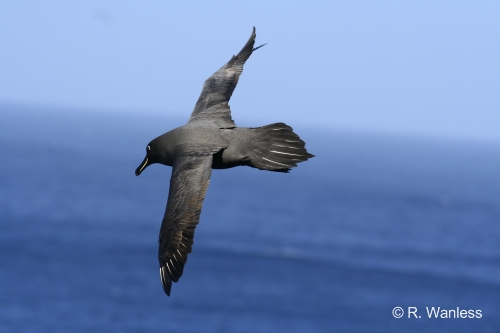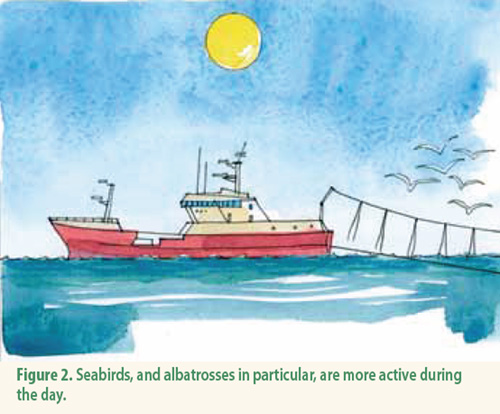Graham Barwell (School of Social Sciences, Media and Communication, University of Wollongong) has written on Coleridge’s 1798 epic The Rime of the Ancient Mariner and its influence on conservation attitudes towards albatrosses from then to now, a period of more than two centuries. His paper was published in the now discontinued Australian Kunapipi: Journal of Postcolonial Writing and Culture in 2007, but apparently has only been made available online this year.
There is no abstract or summary provided, so here are the opening and closing paragraphs of Barwell’s illustrated essay:
“”What is remarkable about Samuel Taylor Coleridge’s poem, ‘The Rime of the Ancient Mariner’ (1798), is that, despite its having a powerful impact on the imaginations of its readers in the nineteenth century, it had, as the epigraph indicates, almost no effect on the practices or behaviour aboard ships, whether among sailors or emigrant passengers.
‘The Rime of the Ancient Mariner’ has been recast as conservationist poem even though it had almost no effect on the actual treatment of albatrosses in the century or so following its publication. Its significance lies not so much in its environmental advocacy, even if that is a popular way of reading it today, as in its providing the conception of the bird and establishing its profile in the Western imagination, so that some of the gravitas coming from the poem’s canonical status can be harnessed to the international movement for albatross protection. This is no small achievement for a poem which began its public life by disappointing those buyers more than two hundred years ago who thought they were getting a naval songbook.”

There is no clear evidence what species of albatross was Coleridge's, but perhaps a Sooty?
Photograph by Ross Wanless
Reference:
Barwell, G. [2007] 2014. Coleridge’s albatross and the impulse to seabird conservation. Kunapipi 29: 22-61.
John Cooper, ACAP Information Officer, 03 October 2014

 English
English  Français
Français  Español
Español 


